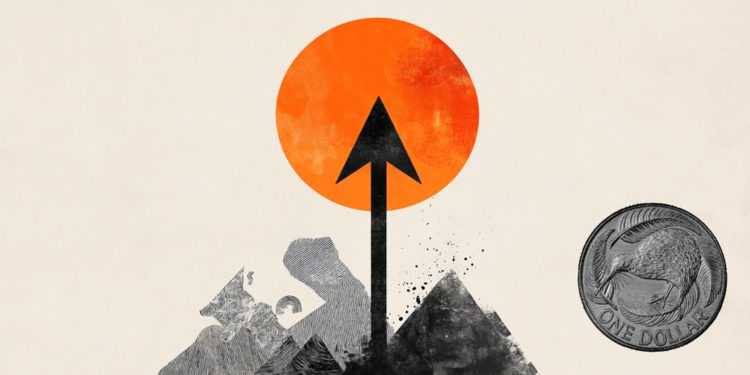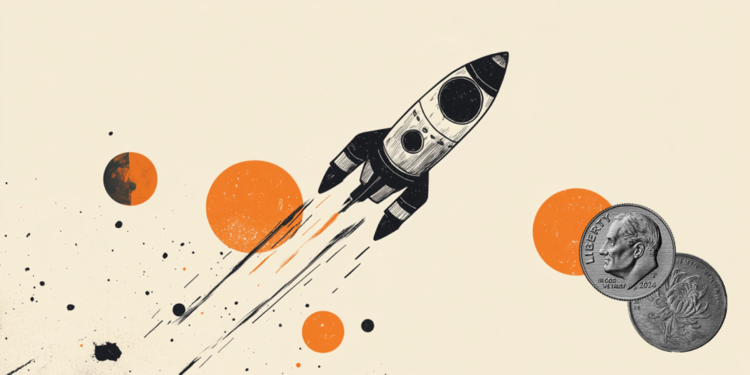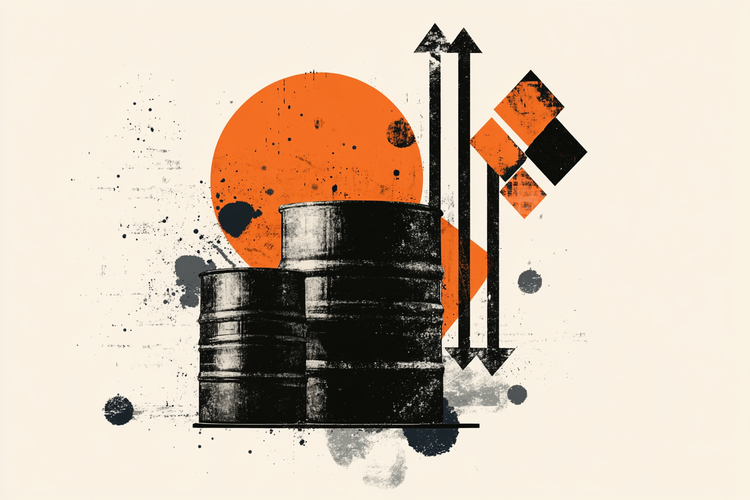- AUD/USD jumps near 0.6800 as weak US inflation boosts Fed rate cut bets.
- US annual headline and core inflation slowed sharply in June.
- The RBA could cut interest rates next year.
The AUD/USD pair is jumping near the crucial resistance of 0.6800 in the American session on Thursday. The pair is strengthening as the US Dollar (USD) is plunging after the United States (US) Consumer Price Index (CPI) report showed that inflationary pressures cooled again in June. This has raised expectations that the Federal Reserve (Fed) will start cutting interest rates from the September meeting.
The US Dollar Index (DXY), which tracks the value of the greenback against six major currencies, is slumping near 104.00.
Annual U.S. core inflation, which excludes volatile food and energy prices, came in at 3.3%, below estimates and the May reading of 3.4%. Over the same period, headline inflation slowed at a faster pace to 3.0% from expectations of 3.1% and the previous release of 3.3%.
On a monthly basis, headline inflation declined by 0.1% and core CPI grew at a slower pace of 0.2%. Soft inflation figures would give more confidence to Fed policymakers to discuss an early return to the policy normalization process.
According to the CME FedWatch tool, 30-day federal funds futures price data indicate that a rate cut in September is a given. The probability of Fed rate cuts has risen to 89% from 74.4% a week ago.
On the Asia-Pacific front, growing speculation that the Reserve Bank of Australia (RBA) will not cut interest rates this year has kept the near-term outlook for the Australian dollar firm. The RBA would be one of the latest to join the global rate-cutting cycle as price pressures have revived in Australia.
Australian Dollar FAQs
One of the most important factors for the Australian Dollar (AUD) is the level of interest rates set by the Reserve Bank of Australia (RBA). Since Australia is a resource-rich country, another key factor is the price of its largest export, iron ore. The health of the Chinese economy, its largest trading partner, is a factor, as is inflation in Australia, its growth rate and the Trade Balance. Market sentiment, i.e. whether investors are betting on riskier assets (risk-on) or seeking safe havens (risk-off), is also a factor, with risk-on being positive for the AUD.
The Reserve Bank of Australia (RBA) influences the Australian Dollar (AUD) by setting the level of interest rates that Australian banks can lend to each other. This influences the level of interest rates in the economy as a whole. The RBA’s main objective is to maintain a stable inflation rate of 2%-3% by adjusting interest rates up or down. Relatively high interest rates compared to other major central banks support the AUD, and the opposite for relatively low ones. The RBA can also use quantitative easing and tightening to influence credit conditions, with the former being negative for the AUD and the latter positive for the AUD.
China is Australia’s largest trading partner, so the health of the Chinese economy greatly influences the value of the Australian Dollar (AUD). When the Chinese economy is doing well, it buys more raw materials, goods and services from Australia, which increases demand for the AUD and drives up its value. The opposite occurs when the Chinese economy is not growing as fast as expected. Therefore, positive or negative surprises in Chinese growth data often have a direct impact on the Australian Dollar.
Iron ore is Australia’s largest export, worth $118 billion per year as of 2021 data, with China being its main destination. The price of iron ore can therefore be a driver of the Australian dollar. Typically, if the price of iron ore rises, the AUD rises as well, as aggregate demand for the currency increases. The opposite occurs when the price of iron ore falls. Higher iron ore prices also tend to lead to a higher probability of a positive trade balance for Australia, which is also positive for the AUD.
The trade balance, which is the difference between what a country earns from its exports and what it pays for its imports, is another factor that can influence the value of the Australian dollar. If Australia produces highly sought-after exports, its currency will gain value solely because of the excess demand created by foreign buyers wanting to purchase its exports versus what it spends on buying imports. Therefore, a positive net trade balance strengthens the AUD, with the opposite effect if the trade balance is negative.
Source: Fx Street
I am Joshua Winder, a senior-level journalist and editor at World Stock Market. I specialize in covering news related to the stock market and economic trends. With more than 8 years of experience in this field, I have become an expert in financial reporting.







